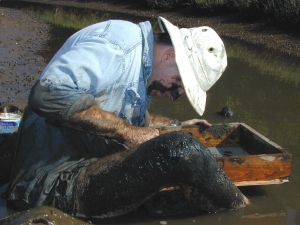
Associate Professor/Research Biologist
Scripps Institute of Oceanography
University of California, San Diego
&
Marine Science Institute
University of California, Santa Barbara
Faculty, Scripps Institute of Oceanography, UC San Diego.
Email:
Phone:
805-893-3998
Mailing Address:
Scripps Institution of Oceanography
9500 Gilman Drive
La Jolla, CA 92093
